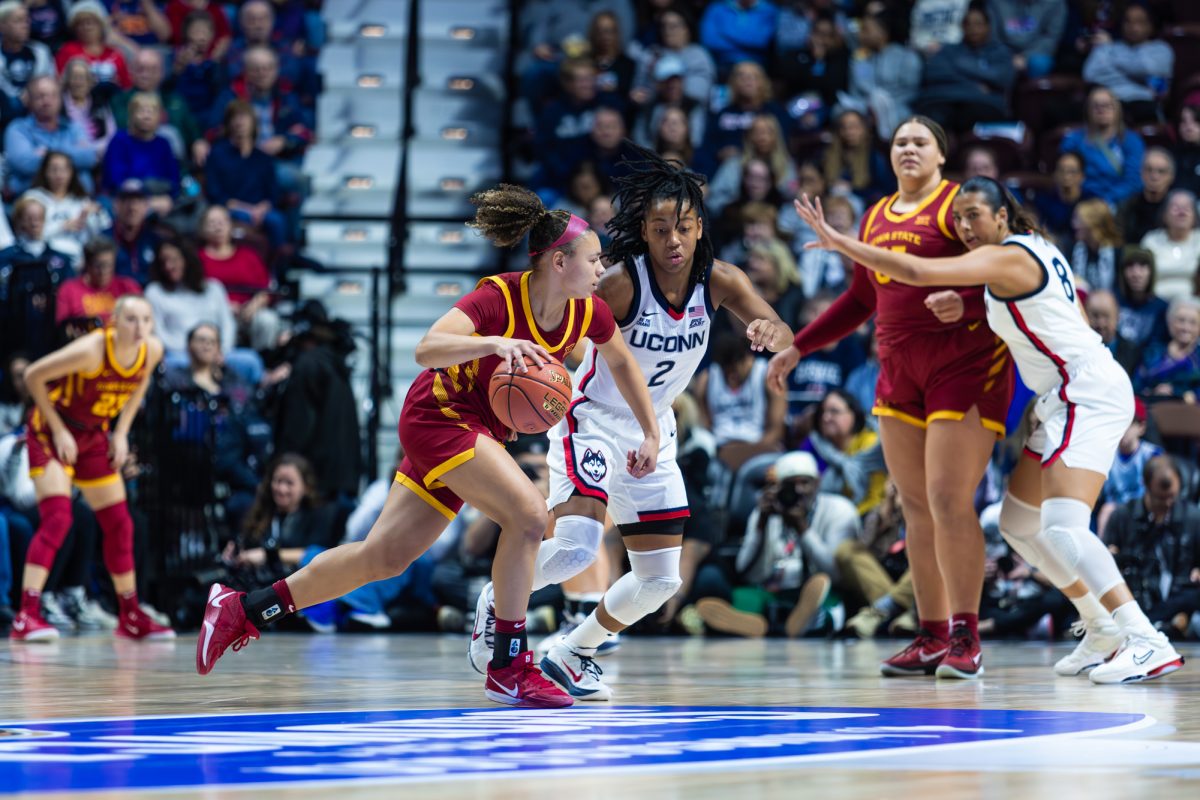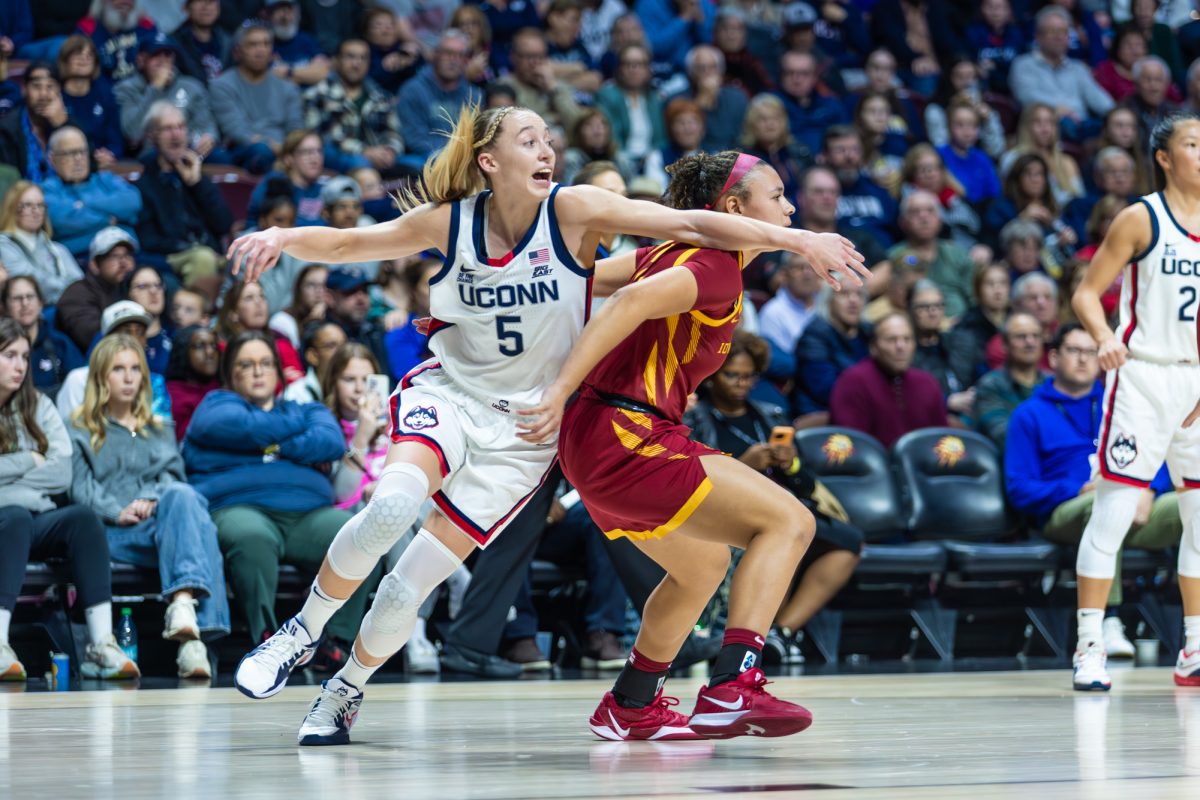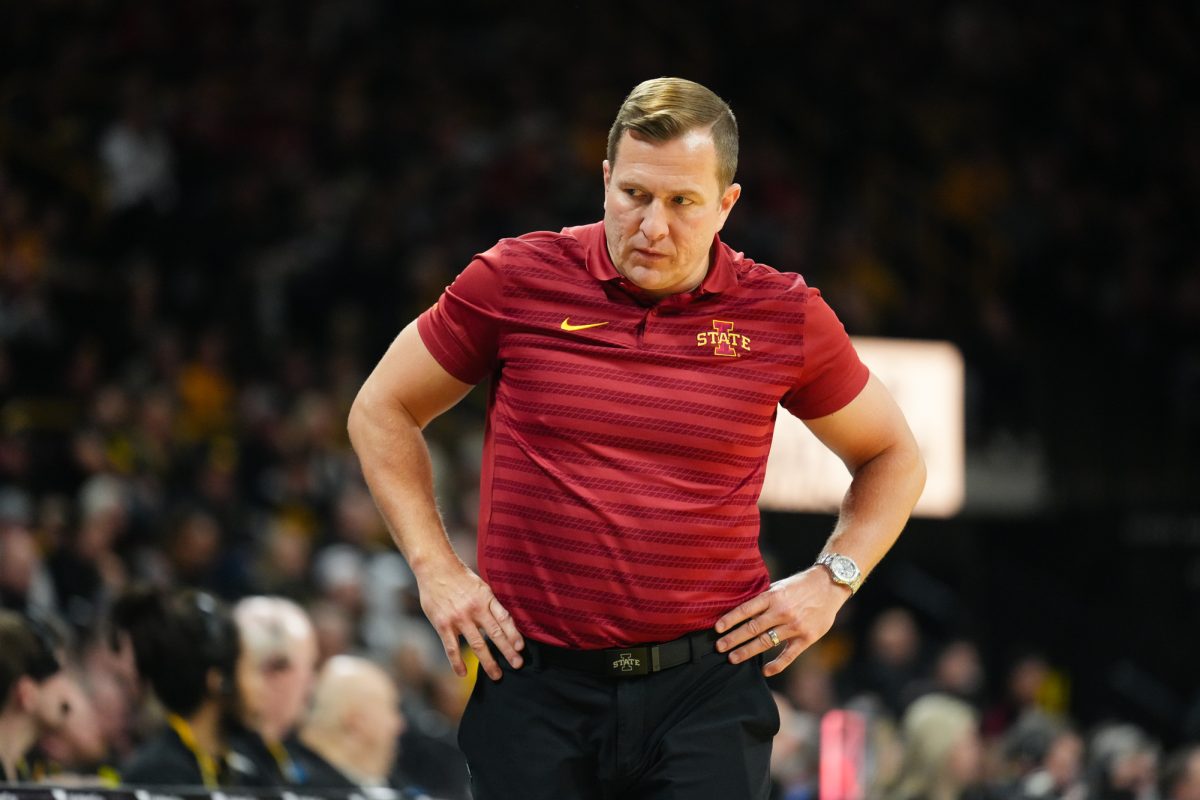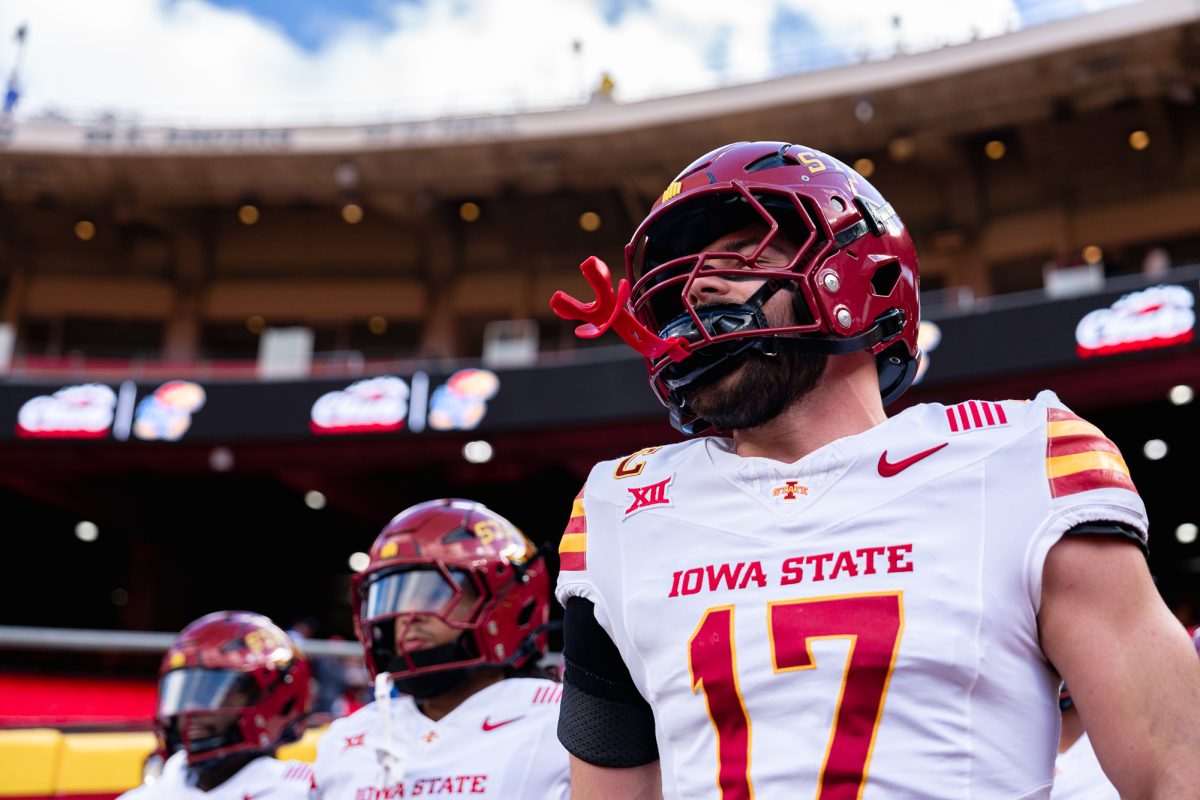Educators get ‘Second Life’
September 24, 2007
ISU educators and experts alike converged Monday to discuss the ins and outs of the usage of the online application “Second Life” as a staple in the future of post-secondary learning.
Doreen Pugh, an educational speaker who goes by the name “Veritas Versican” in “Second Life,” opened up the lecture with an online presentation through the “Second Life” platform discussing a number of components regarding the many aspects of using the virtual world as a teaching tool. Pugh went on to elaborate on some of the new implementations that Linden Lab, the creator of “Second Life,” has issued to help clean up some controversial content.
One of those new additions is the addition of a teen grid for users between the ages of 13 and 18 years old to help deter the exposure of teens to objectionable material.
“The teen grid is being used with great success by a number of educators and it’s growing on a daily basis,” Pugh said. “It is completely locked out; there are no adults in the teen grid except for adults who have gone through a rigorous background check.”
Pugh said that while “Second Life” may have some undesirable material, it’s basically a small version of what we experience in real life – and the good comes the bad.
“In any virtual world you will find a microcosm, it is simply a small version of what goes on in the real world,” Pugh said.
Rex Heer, program coordinator for the Center for Excellence in Learning and Teaching, said during his nearly one year of “Second Life” experience he feels that, from an educational perspective, its potential is endless.
“There’s a big discussion among the ‘Second Life’ educators that believe that this application is just like the real world,” Heer said. “You don’t want to keep the real world out of it. It’s the most engaging environment for social networking and for educators in particular.”
Part of the unique aspects of “Second Life” as a teaching tool lies in the usage of both vocal-based and text-based messages to interact with numerous individuals at one time. For example, when listening to an online lecture, students may engage other students in instant messaging sessions to discuss material and ask questions to their peers and even the professor or guest speaker.
Brian Mennecke, associate professor of logistics operations and management information systems, was the first to apply “Second Life” into an educational setting at Iowa State.
Mennecke initially used “Second Life” in a class with undergrads but used it as more of a focal point in his e-commerce class.
In the course, Mennecke used “Second Life” to portray economies and entreprenuerships in a way that only the real world could.
“The economies exist in any ‘Second Life’ environment because there are people who are willing to invest and build things,” Mennecke said. “‘Second Life,’ being built around this model, there are all kinds of businesses, so I look at it as a great opportunity for teaching students.”
Although “Second Life” has only been used as a learning tool for courses on business and economy, there are more possibilities for course material.






